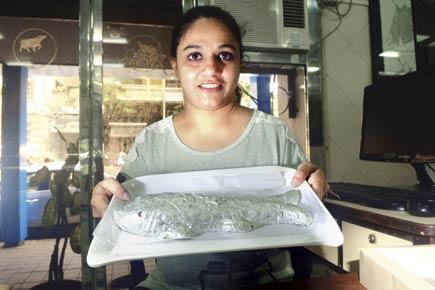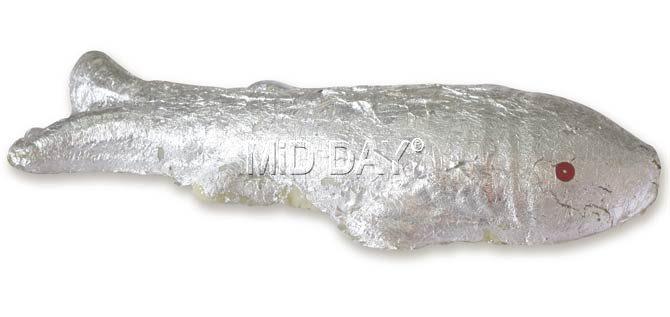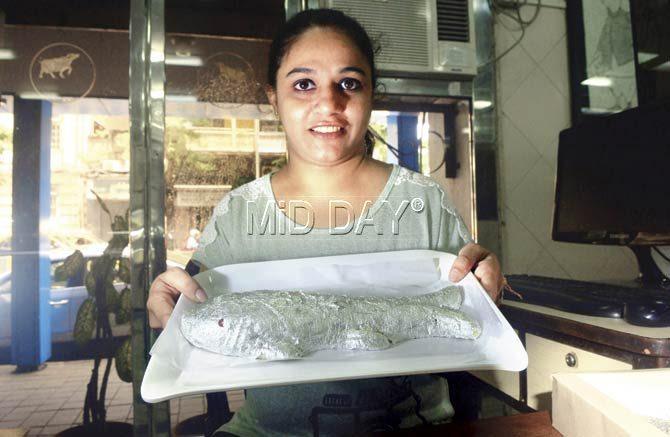Mea culpa, it isn’t anything I’m proud of, but couldn’t have helped it. The first time I was able to whistle as a kid was, a tad inappropriately, inside an agiary, my family fire temple on Hill Road in Bandra

 Mea culpa, it isn’t anything I’m proud of, but couldn’t have helped it. The first time I was able to whistle as a kid was, a tad inappropriately, inside an agiary, my family fire temple on Hill Road in Bandra.
Mea culpa, it isn’t anything I’m proud of, but couldn’t have helped it. The first time I was able to whistle as a kid was, a tad inappropriately, inside an agiary, my family fire temple on Hill Road in Bandra.
ADVERTISEMENT
I stifled it that instant in a gulp. To think I’d practised at home for months, dismayed to lag behind an adored elder brother who puckered up jauntily whistling Yellow Submarine and Yellow River (don’t ask, even I wondered why he fancied both songs with the shared colour in their titles). Yet that small, sharp, barest escape of breath chose to leave my seven-year-old mouth just where it did!

Saved by the bell, the clang of the gong sounding the change of “gah” — or phase of the Zoroastrian day — audibly drowned my faux pas. It was a moment of epiphany, learning there is such a thing as a Parsi time zone. The brother whispered wisely: “Check out how that clock keeps ticking 38 minutes behind time.”

The mawa ni boi at Princess Street’s Parsi Dairy Farm is a community favourite during special occasions. Pics/Pradeep Dhivar
So it was. So did every timepiece in agiaries across town. So I wanted to know why.
It’s because they tick on local, or Bombay Time, 38 minutes behind Indian Standard Time determined by the Kolkata meridian. When other watches point to 3.38 pm, those grandfather clocks or Burma teak wall clocks adorning our agiaries still stoutly show 3 pm. This means that if prayer announcements sometimes state 3 pm Mumbai Time, we need actually turn up there by 3.40 pm.
Strange as it seems, this tick trick is rooted in the logic that gahs dividing the day —follow five clocks (sunrise, noon, 3 pm, sunset, midnight) — must chime according to local time in the city. Each gah is presided over by a different divine being (Yazad) that it is named after. The gahs are rooted in ancient Avestan words and phrases: Havan (sunrise; 12.39 pm), signalling daybreak stems from “haoma”, referring to “the time for pounding haoma”, an ingredient used in early Iranian rituals. Rapithwin (12.40; 3.39 pm), or “mid-part”, becomes the mid-day gah. Uzirin (sunset; 3.40 pm) is “high part” or later afternoon tending to dusk.
Aiwisruthrem (sunset to midnight) is “time for chanting prayer”. And Ushahin (midnight-sunrise), completing the cycle, is “time of dawn” once again.
“Whistle all you want now that you are home,” my mother said, laughing at what she heard had happened. The scent of sandalwood and petals from vases with roses and scented lilies wafted over the table as she piled plates with sweet treats. These included the condensed milk confection from heaven shaped like a fish: mawa ni machhi, without which no table is fully laid on auspicious occasions. After all, it was Khordad Sal — the birthday of Prophet Zoroaster — much as it is this morning.
Served savoury or sweet, fish is our dish. “We were a coastal people,” explains Nivedita Mehta, curator of the Alpaiwalla Museum of Persian History, in Kharghat Colony on Hughes Road. She describes a quaint marriage ritual practised on Gujarat shores where our Iranian ancestors docked. “As Bengalis love their hilsa, the Parsis’ favourite fish was the tender fleshed, fine-boned boi.” Part of the four-day festivities preceding a wedding became the “dahi machchi” rite. A bride-to-be’s family sent the groom a bowlful of sweetened curd (dahi) for luck, alongside five or seven (odd numbers are luckier) freshly caught boi fish (mullet), symbolising prosperity. The dahi-machchi despatch remains a prenuptial routine among city Parsis, but it isn’t always possible to lay hands on fresh boi. The mawa fish replica, down to scalloped scales and fins, rests beside the dahi. Call it substitute or short-cut, given the community’s super-sweet tooth, this version has also long been happily hailed and had.
Blame it on our ancestors. The centuries-ago trade between Bombay and China fed our fascination for “mahi” as Persians refer to fish (called “matsya” in Indian mythology which praises its transforming and creative powers). As our forebears briskly bought their silks and sold them our spices, they borrowed the Chinese’s fish fundas as well. They found the fish symbolic of fertility and fidelity, seeing species like koi swim close together in pairs.
Koi to boi, soon we too began believing, sweet or savoury, this food associated with the sea is a leitmotif sublime. Few festive meals can be considered complete without the aromatic gastronomic wonder that is paatra ni machchi, the legendary delicacy marinating pomfret in a fragrant swathe of coconut, mint and coriander chutney before steaming it in a banana leaf. No navjote, wedding, birthday or anniversary table is bereft of this ambrosial result.
Macchi Mubarak. Khordad Sal Mubarak!
Write in to Meher at mehermarfatia@gmail.com
 Subscribe today by clicking the link and stay updated with the latest news!" Click here!
Subscribe today by clicking the link and stay updated with the latest news!" Click here!






